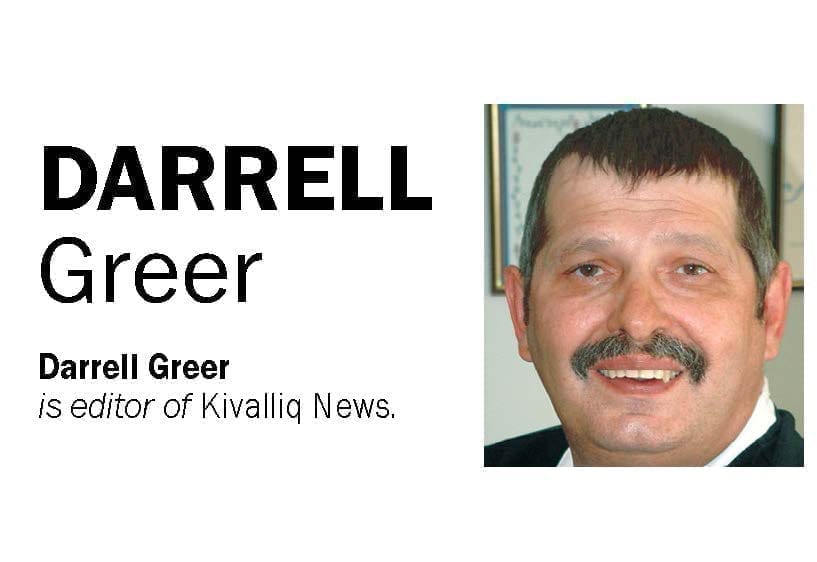I don't usually go out of my way to track down the latest edition of the Cornell (University) Chronicle, but this past summer was different in that I was keenly interested in a story I was sure would be in there that focused on the eighth annual Youth Development Research Update, held May 30 to 31 in Ithaca, NY. A chance meeting about a year ago with a gentleman who was a cross between a wandering linguistics academic and a defensive lineman, came my way when I overheard him speaking of the Nanisiniq Arviat History Project.
A chance meeting about a year ago with a gentleman who was a cross between a wandering linguistics academic and a defensive lineman, came my way when I overheard him speaking of the Nanisiniq Arviat History Project.
My interest was further piqued when I heard him drop the name Jamie Bell, who I knew fairly well from frequent phone conversations and a story or two back almost a decade ago.
After introducing myself somewhat awkwardly as a guy who knows a guy in Arviat, who once introduced me to another guy in Arviat by that very name, Jamie Bell, who was one of the co-founders of the Arviat Film Society and Arviat Television – I was clasped-up in one of those I'm going to squeeze your hand with all my strength to prove I have a firm handshake type of deal.
As I fought back the tears, silently praying for him to stop shaking my hand, I picked-up on the fact my academic lineman was American (actually dual citizenship I seem to remember him mentioning once or a dozen times) and on his way to Montreal.
Since we both had a fair share of time to kill, it was off to one of those little airport bistros wannabees for a clubhouse and coffee.
My academic went on in detail about the effectiveness of the Nanisiniq Arviat History Project – which he viewed as two perfectly equal parts of training program and history project – saying he was impressed, but not surprised, by what the Inuit youth and the Sivulinuut Elders Society were able to accomplish in just two short years working in collaboration with researchers from the University of British Columbia.
He then drew a parallel to the aforementioned upcoming eighth annual Youth Development Research Update, with the 2018 conference – Multi-Generational Approaches to Youth Development – focusing on research and programs that reach across generations.
As he decided airport security might be crowded at 4 a.m., he left me with the name Karl Pillemer and his assurances it would be worth my while to look-up the first edition of the Chronicle following the conference.
Somehow, I remembered (the cast?) and the story's author, Sheri Hall, did not let me down.
I learned through Hall's intriguing article that Karl Pillemer – a gerontologist and Bronfenbrenner Center for Translational Research director – began working on a book to capture the wisdom of senior citizens.
As it turned out, Pillemer and his research assistants were so moved by the interviews they began to wonder if the same experience could be provided to youth participating in 4-H.
Book researchers began to work with 4-H leaders to develop a training program for youth to conduct interviews with senior citizens from their community.
The youth would interview the elders and then organize the lessons they learned to create a presentation for their community.
Hall reported early results from the program found it promoted respect toward elders and combated the problem of ageism.
The youths were also learning the valuable skills of interviewing and research techniques and they were making meaningful connections with older member of their communities.
As of June 6, 2018, 150 youths in the State of New York had participated in the program now known as Building a Community Legacy Together and 4-H leaders were in the process of adding it to the national 4-H curriculum.
They are being trained to properly interview elders in order to record their skills, stories and knowledge and pass them down to future generations.
From the community of Arviat to the State of New York – maybe we all have more in common together than we do differences to keep us apart.
Food for thought!